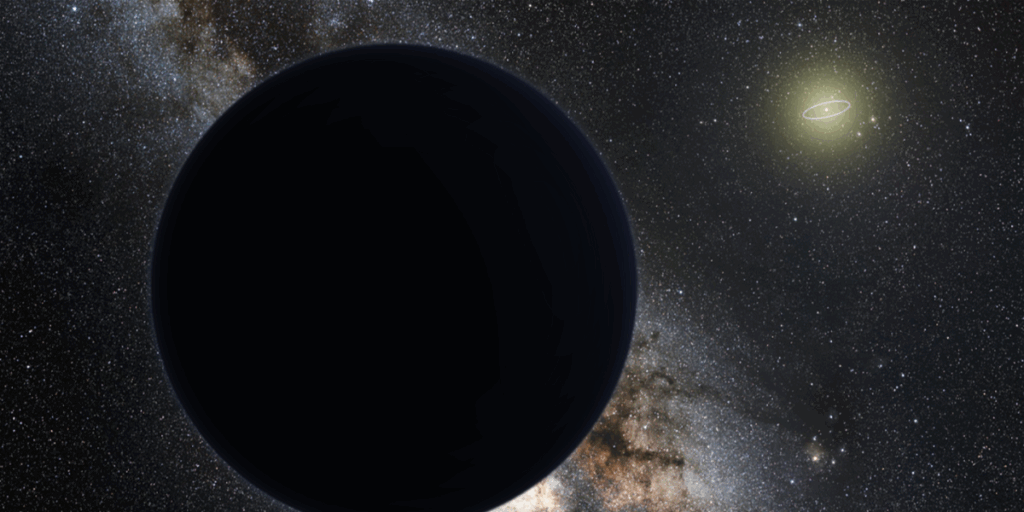
The British Indian astrophysicist Nikku madhusudhan He is obsessed with answering one of the great questions that concerns humans: Is there life beyond the earth? An issue that the scientist has reopened after publishing a study that could change our vision of the universe forever.
Your team has detected what could be First clear signal of biological activity beyond the solar systemand the place where it would have occurred is the Mysterious Exoplanet K2-18B.
What do we know so far from K2-18B?
K2-18b is an exoplanet Subneptunian (with ocean and atmosphere rich in hydrogen). It is located to 124 Light years of Earth, In Leo's constellation. HE discovered in 2015 by the Kepler space telescopein its k2 mission, and It is 2.6 times greater than the earth. In this exoplanet he found steam -shaped water in its atmospherewhich places it as one of the few exoplanets in the habitable zone where complex chemical compounds have been detected.
The finding that changes everything
Last April, Madhusudhan's team analyzed data obtained by the Space telescope James Webb And he found an unexpected sign in the planet's atmosphere: Dimetil Sulfur traces (DMS). On our planet, this molecule is produced almost exclusively by living organismsespecially the Marine phytoplankton.
Detecting dimethyl sulfide outside the earth is something unprecedented and although the researcher himself asks for caution, he does not hide the magnitude of the discovery. In his words, “It is the strongest track so far about the possible existence of life on another planet “.

Graphical representation of K2-18b
The theory challenges the scientific community
Despite the enthusiasm, the scientific community has reacted with Mable. Some experts point out that DMS detection is not yet definitive: the signal is weak and could be due to other similar molecules. In addition, there are non -biological chemical processes that could generate this compound under certain conditions.
Madhusudhan knows it and that is why they insist that more observations are needed, more telescope time and new theoretical models to confirm that it is really a biomarker produced by life.
What will happen now?
The 52-18b study does nothing but start. In the coming months, the James Webb telescope is expected to observe this planet, with more details and for longer. The objective is to confirm or rule out the presence of DMS, but also look for other molecules associated with life, such as methylmercaptan, ammonia or even ozone.
Read too
The search for life outside the earth is one of the Great challenges of modern science. For decades, the possibility of finding life beyond our planet has been more an illusion than a certainty. However, studies such as Madhusduhan begin to change that scenario.

